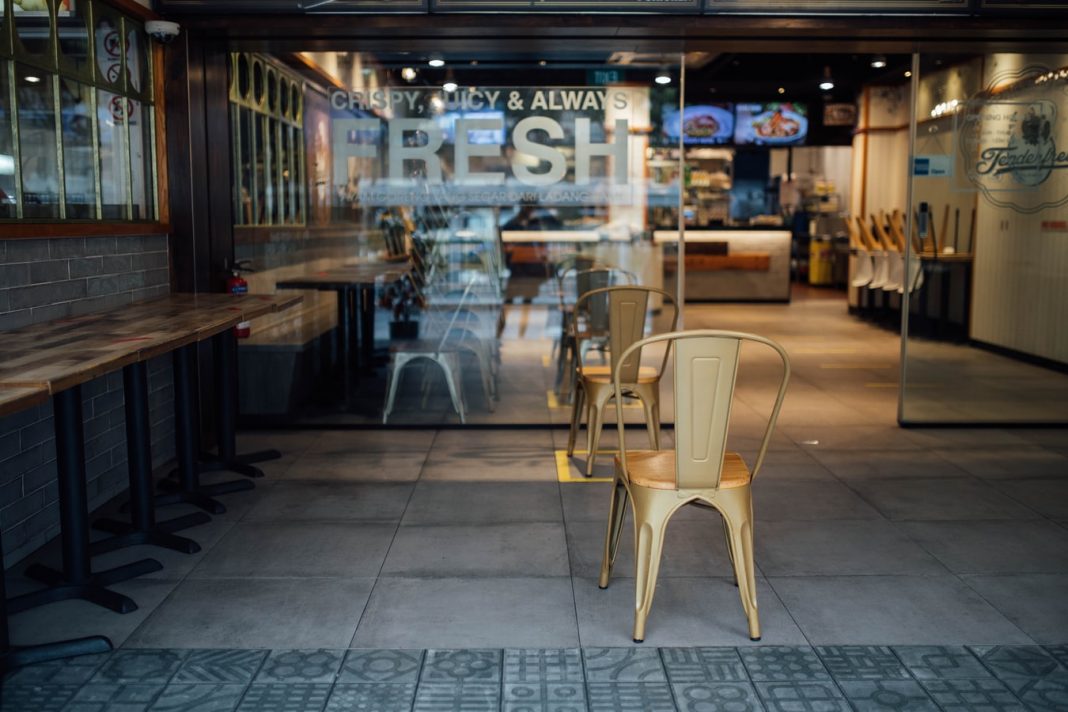We can almost say with absolute certainty that life won’t be quite as we remember once all the restrictions are lifted.
Delivery and takeaways are the norm now for restaurants as dining-in is still not allowed under Singapore’s Circuit Breaker rules. Even with the lifting of Circuit Breaker slated on June 2nd, social gatherings and dining-in appears only to be allowed during phase 2 of the reopening, which will be some time in July.
But what will that reality look like? Can we still chill and gather in cafes; will sitting in a group of four be a luxury and a thing of the past?
As Singapore braces itself for a gradual reopening, we take a look at how the landscape of dining-in might look like in a post-pandemic world.
Pre-entry Questions & Temperature Checks
This is something that all of us are already getting used to – the SafeEntry QR code check-in that has been a requirement for entry into malls and supermarkets during Circuit Breaker.
It’s an extra step that can be quite a hassle for many, especially for the older generation where technology doesn’t come second nature for them. Unfortunately, this facet of change might be one to stay for the long haul.
Restaurants have already begun implementing such pre-entry and temperature checks even before Circuit Breaker set in, and it’ll likely remain for the foreseeable future. In addition to the checks, do not be surprised if the restaurant has questionnaires on your recent travel history and recent flu-like symptoms.
Tough luck, but health declarations and safe check-ins will be the new norm.
A Change Of Layout
Once you gain entry onto the premises, what greets you may be extremely foreign.
In the past, it wouldn’t be too surprising to see tables upon tables scrunched side by side as restaurants sought to maximise space to cater to as many guests as possible. That, however, may be a sight that will be gone, at least in the beginning.
A far more spaced layout with tables of two with sparingly few tables of four could quite possibly be the landscape which will leave restaurants operating at somewhere about 50% their usual capacity.
These little changes will be necessary as part of the precarious balance between operations and the safety of customers and employees.
New Designs Never Seen Before
While the layout of restaurants will undoubtedly change to facilitate social distancing in a dining environment, more creative designs may be needed to reduce the potential spread of germs.
Part of Christophe Gernigon’s Plex’eat Concept, his studio uses plexiglass hoods to encase customers individually. Suspended in the air above diners, these hoods could potentially reduce the risk of airborne infections.
While the ingenious designs by the studio may not be practical for all form of establishments everywhere, the idea of plastic dividers could be the way social distancing is employed by eateries.
Though it’s not the most aesthetically pleasing look, restaurants may have no choice if they want to have dine-in operations.
An Altered Ambience To Get Used To
All of the above means that the dining experience will be vastly different than how we remember it to be.
With less diners allowed in restaurants, a changed look, and a myriad of social distancing measures implemented, the atmosphere of dining in will be unrecognisable, at least for a start.
You can expect less waiters moving about, and the vibrant interactions will be slightly muted as everyone gets used to a new norm of eating out.
It’s a gradual reopening process that will probably take months to iron out as customers and restaurant employees adjust to a post-pandemic world.




